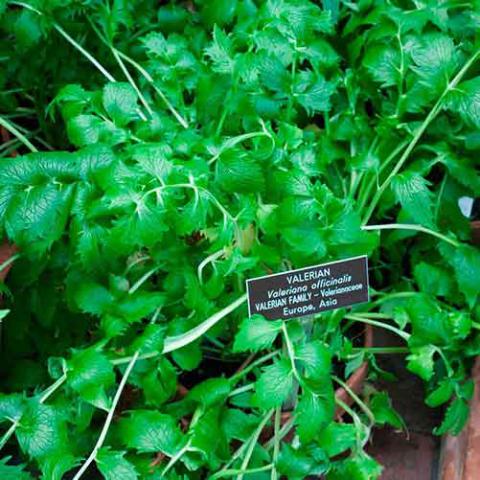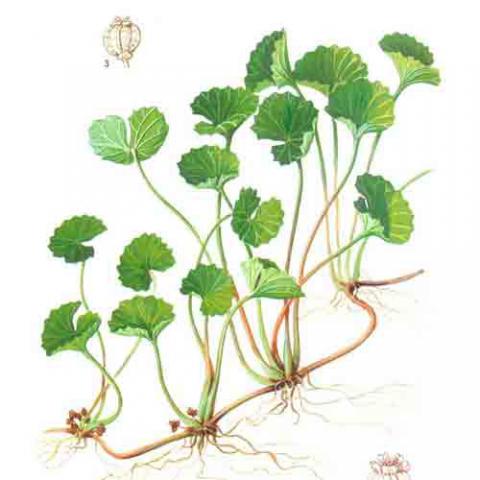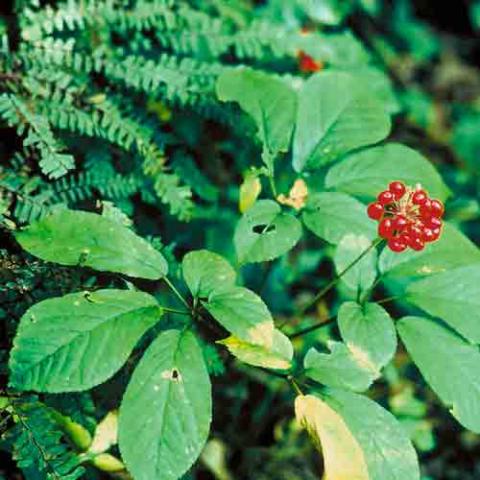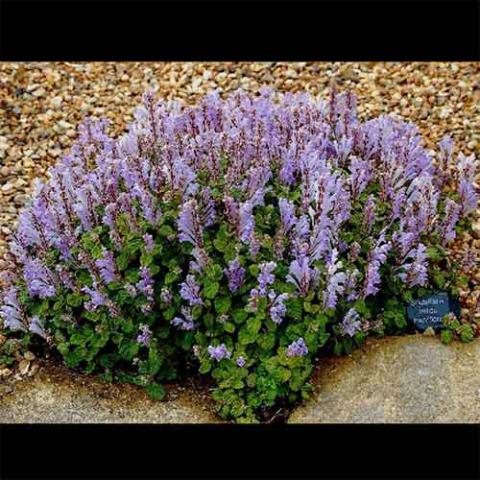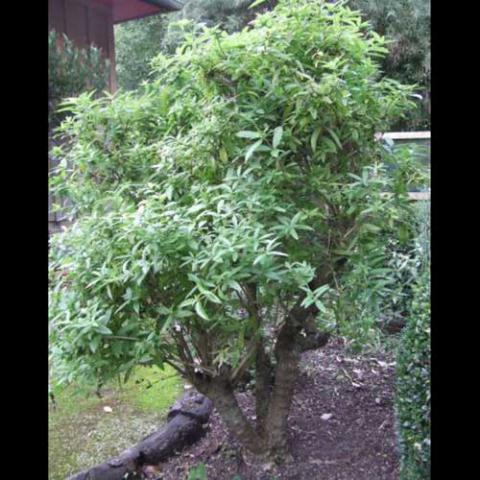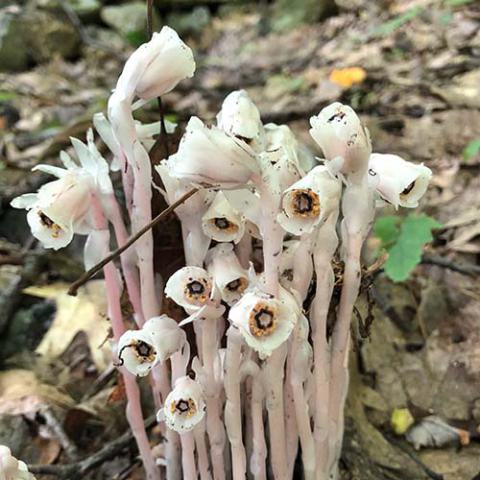Therapeutic: Sedative
What is a Sedative?
Sedatives calm the nervous system and can reduce stress and nervousness throughout the body. Lots of different herbs are sedatives, and some are often described as Nervine Relaxants, Hypnotics or Antispasmodics.
How Sedatives Work
As with other herbal actions, sometimes we know how the herbs work based on their herbal constituents. With some sedatives, there hasn’t been enough research done to answer all of our chemical questions. There are some sedative herbs where much is known about their truly potent sedative actions, and conventional medicine has used these herbs to their advantage by potentizing their effect. An example of this is opium, where it’s range of alkaloids provides much of medicine with a pain killing and relaxing effect.
Note: Some of the most effective sedatives are illegal to the very degree of their effectiveness, including the whole range of opium poppy derivatives. These herbs should always be used within the context of an overall approach to sleep problems involving relaxation techniques, food and lifestyle in general.
Herbal Examples
- Piper methysticum (Kava Kava)
- Gelsemium sempervirens (Yellow Jasmine)
- Eschscholzia california (California Poppy)
- Lactuca virosa (Wild lettuce)
- Piscidia erythrina (Jamaican Dogwood)
- Valeriana officinalis (Valerian)
Adapted from David Hoffman’s ‘The Herbal Handbook: A User’s Guide to Medical Herbalism” “Medical Herbalism”
Reference: “The Naturopathic Herbalist”



